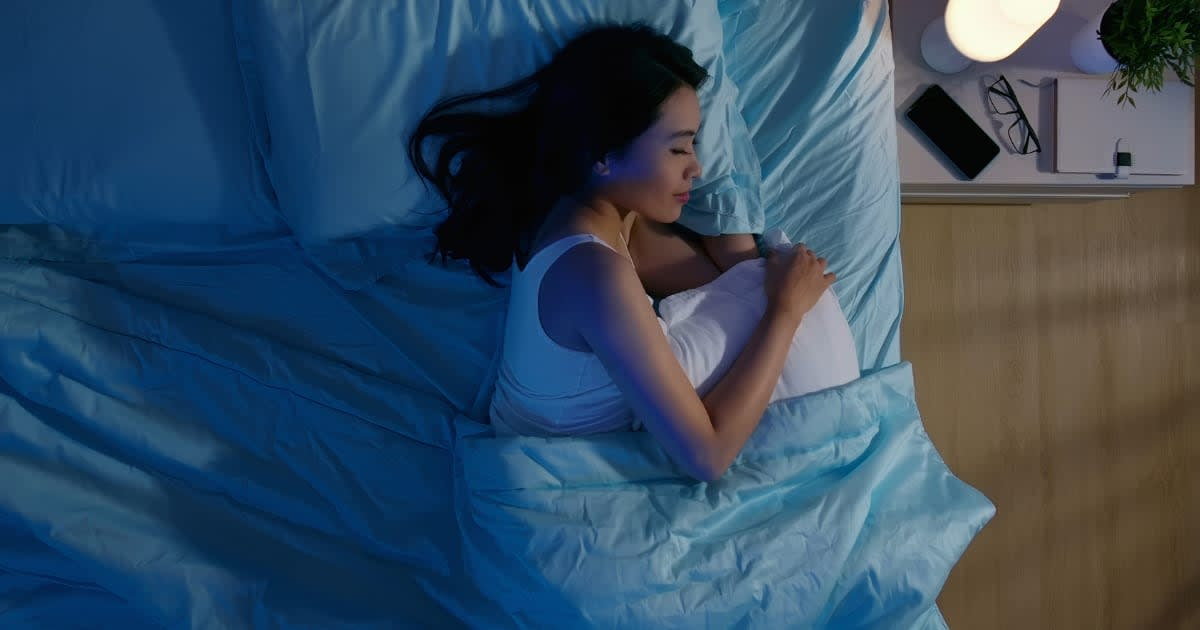Cannabis
Cannabis and Sleep Disorders
There are many questions about the use of cannabis to treat sleep disorders. This is a topic that has gained a lot of attention in recent years due to the increasing legalization of cannabis in many countries around the world. In this article,
We will explore the relationship between cannabis and sleep disorders, including the types of sleep disorders, how cannabis affects sleep, the benefits of using cannabis to treat sleep disorders, different strains of cannabis for sleep disorders, methods of consumption, precautions, and risks.
What are Sleep Disorders and their Types?
Before we can understand how cannabis can help with sleep disorders, it’s important to first understand what sleep disorders are and their types. Sleep disorders are conditions that affect a person’s ability to sleep well regularly. There are many different types of sleep disorders, including insomnia, sleep apnea, restless leg syndrome, and narcolepsy.
Insomnia is the most common type of sleep disorder, affecting approximately one-third of adults. It is characterized by difficulty falling or staying asleep, waking up too early, or feeling tired upon waking. Sleep apnea is another common sleep disorder, characterized by interrupted breathing during sleep. Restless leg syndrome is a condition that causes an irresistible urge to move the legs, which can make it difficult to fall asleep. Narcolepsy is a disorder that causes excessive daytime sleepiness and sudden bouts of sleep.

How does Cannabis Affect Sleep?
Cannabis affects sleep in different ways depending on the strain and method of consumption. The two main active compounds in cannabis are THC and CBD, which have different effects on the body.
THC is the compound responsible for the “high” with cannabis use. It has sedative effects, which can help with falling asleep. However, it can also cause negative side effects such as paranoia and anxiety, which can interfere with sleep.
CBD, on the other hand, has anxiolytic and anti-inflammatory properties, which can help with relaxation and pain relief. It does not have sedative effects like THC, but it can help with falling asleep by reducing anxiety and pain.
Benefits of Cannabis in Treating Sleep Disorders
There are several benefits of using cannabis to treat sleep disorders. One of the main benefits is its ability to help with falling asleep. THC can help promote relaxation and reduce anxiety, which can make it easier to fall asleep. CBD can also help with falling asleep by reducing pain and anxiety.
Another benefit of using cannabis to treat sleep disorders is its ability to improve the quality of sleep. Studies have shown that cannabis use can increase the amount of deep sleep, which is important for physical and mental restoration. It can also reduce the amount of REM sleep, which can help with nightmares and other sleep disturbances.
Cannabis can also help with sleep disorders by reducing symptoms associated with other conditions that can interfere with sleep, such as chronic pain, anxiety, and depression.
Different Strains of Cannabis for Sleep Disorders
Several different strains of cannabis can treat sleep disorders. Indica strains are typically associated with sedative effects and are often recommended for use at night. Sativa strains, on the other hand, are associated with more energizing effects and are typically recommended for daytime use.
Some popular Indica strains for sleep disorders include Granddaddy Purple, Northern Lights, and Purple Kush. Some popular Sativa strains for sleep disorders include Jack Herer, Durban Poison, and Green Crack.
It’s important to note that different strains can affect people differently, so it’s important to experiment with different strains and find the one that works best for you.

Methods of Consumption
There are several different methods of consuming cannabis, including smoking, vaping, edibles, and tinctures. Smoking and vaping are the most common methods of consumption, but they can have negative effects on lung health.
Edibles and tinctures are alternative methods of consumption that can be more discreet and have fewer negative effects on lung health. Edibles can take longer to take effect, but they can also have longer-lasting effects. Tinctures are typically taken sublingually. Which means they are absorbed under the tongue and can take effect more quickly than edibles.
It’s important to start with a low dose when trying a new method of consumption and to wait a few hours before taking more to avoid negative side effects.
Precautions and Risks
While cannabis can be beneficial for treating sleep disorders, it’s important to be aware of the potential risks and precautions. Cannabis use can interfere with REM sleep, which can lead to negative side effects such as nightmares and daytime sleepiness.
Cannabis use can also have negative effects on lung health when smoked or vaped. Edibles and tinctures can have negative effects on digestive health if consumed in excess.
It’s important to talk to a healthcare provider before using cannabis to treat sleep disorders, especially if you have a history of mental health conditions or substance abuse.
Conclusion
Cannabis can be a beneficial treatment option for sleep disorders, but it’s important to be aware of the potential risks and precautions. Different strains and methods of consumption can affect people differently, so it’s important to experiment and find the one that works best for you. It’s also important to talk to a healthcare provider before using cannabis to treat disorders.
As a helpful assistant, I hope this article has provided valuable information on the relationship between cannabis and sleep disorders. If you have any questions or comments, please feel free to leave them below.

